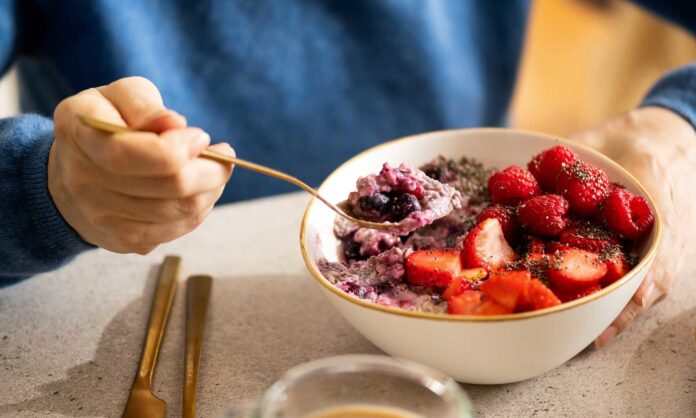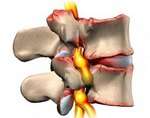For years, health food aisles have been plastered with “heart-healthy” labels on bran cereals and oat-based products, promising cholesterol reduction through fiber. But how much fiber do you actually need to see a real impact? And what kind matters most? The truth is, most Americans fall drastically short of daily recommendations, with less than 5% hitting the mark (25–38 grams). Meanwhile, 86 million adults struggle with borderline-high to high cholesterol. This isn’t just a dietary issue; it’s a systemic one.
How Fiber Works: The Cholesterol Connection
Fiber isn’t just roughage. It’s a unique carbohydrate the body can’t digest, meaning it travels through the gut relatively intact. The key player in cholesterol reduction is soluble fiber. Here’s how it works:
- Cholesterol Trapping: Soluble fiber forms a gel-like substance in the intestines, binding to cholesterol particles and preventing their absorption into the bloodstream.
- Bile Acid Binding: The body uses bile acids to digest fats, which are partially made of cholesterol. Fiber intercepts these acids, forcing the body to use circulating cholesterol to create new ones, lowering blood levels.
- Gut Microbiome Boost: Soluble fiber feeds gut bacteria, producing beneficial short-chain fatty acids (SCFAs). These SCFAs suppress cholesterol synthesis in the liver, further lowering levels.
Insoluble fiber aids digestion but doesn’t have the same cholesterol-lowering effect.
The Numbers: How Much Soluble Fiber Do You Need?
While total fiber intake is important, soluble fiber is the star when it comes to cholesterol. Research shows that regular soluble fiber consumption can reduce total and LDL cholesterol by 5–10%. The sweet spot? Aim for 2–10 grams of soluble fiber daily, with higher amounts yielding better results.
Top 5 Soluble Fiber Foods
Many high-fiber foods contain a mix of soluble and insoluble fiber. Here’s a breakdown of soluble fiber content in some top choices:
- Oats: 1 cup cooked provides 1–2 grams.
- Barley: 1.2 cups cooked contains 2 grams.
- Beans: ½ cup of black beans, kidney beans, or lentils delivers 1–3 grams.
- Brussel Sprouts: ½ cup cooked offers 2 grams.
- Fruits: One medium apple, orange, or pear contains 1–2 grams.
Consuming a variety of these foods daily can help you hit your fiber goals.
Fiber Supplements: A Shortcut to Lower Cholesterol?
If you struggle to get enough fiber through diet alone, supplements can be a smart option. Psyllium husk, guar beans, inulin, and beta-glucans are all clinically proven to lower cholesterol. A 2023 meta-analysis found that every 5 grams of soluble fiber intake could reduce LDL cholesterol by up to 5.6% and total cholesterol by up to 3.2%.
The Bottom Line: Consistency is Key
To see meaningful results, aim for 25–38 grams of total fiber daily, with a focus on soluble fiber. It takes time – at least three months – to see changes in blood tests. The key is consistency. If you’re pregnant, breastfeeding, or taking medications, consult your doctor before starting a supplement routine.
Ultimately, prioritizing fiber intake is one of the most effective, science-backed ways to lower cholesterol and improve heart health.

































